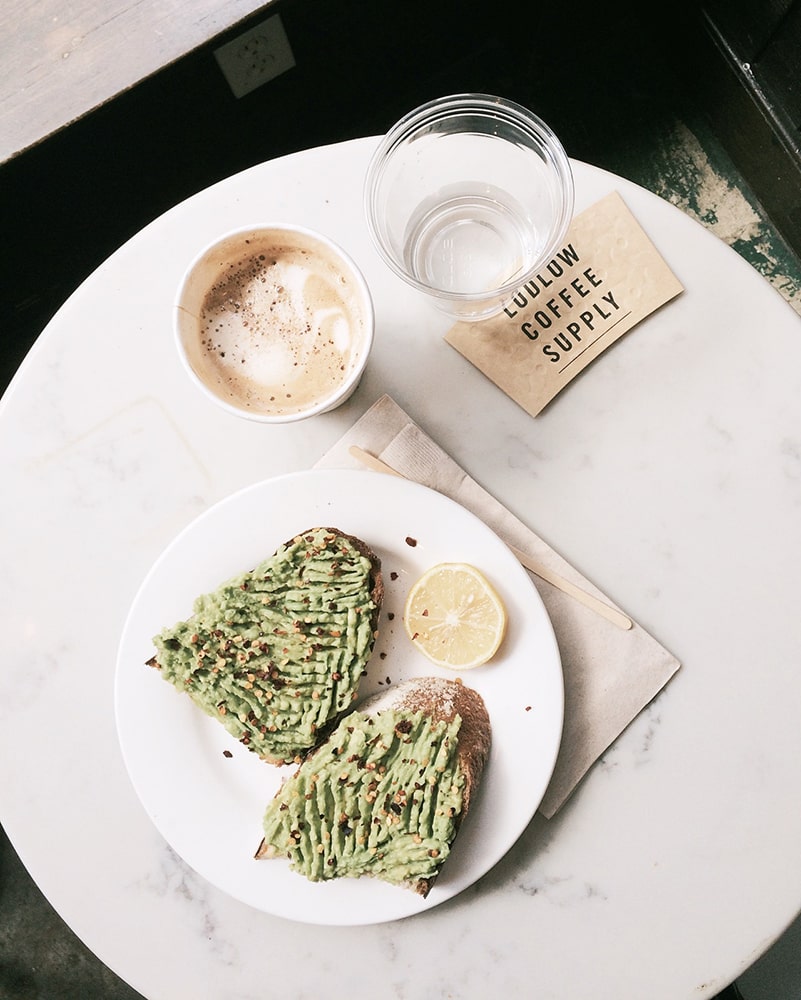


Washing greens such as lettuces and cruciferous vegetables seem obvious. The same goes for fruit as well. But did you ever stop to think to wash the skins of your avocados? We didn’t either.
The protective skin seems like it should be a great barrier to keep any harmful bacteria from getting inside. However, according to a new report from the U.S. Food and Drug Administration, you should be washing your avocados before you cut into them.
I’m sure many of you by now are thinking “What?” I completely understand. But the skin isn’t as protective as it seems. When analyzing the skin of 361 avocado samples, 64 of them (18%) contained Listeria– a very serious infection that causes 1,600 illnesses and 260 deaths every year. In 1,254 samples of the pulp you actually eat, 3 (less than one percent) were positive for the same species. And to top it all off, between both the skin and pulp samples, 12 of them (nearly one percent) were found to be positive for Salmonella.
Though the percentages may look low, the risk is still there. Especially since washing avocados isn’t common knowledge. So how does this happen? Well, according to the FDA’s foodborne illness expert Glenda Lewis reminds us that contamination can occur in many ways. “During the growing phase, produce may be contaminated by animals, harmful substances in the soil, water, and poor hygiene among workers. After produce is harvested, it passes through many hands, increasing the contamination risk. Contamination can even occur after the produce has been purchased. During food preparation, or through inadequate storage.” To make sure you don’t get sick Lewis recommends first washing your hands with warm water and soap for 20 seconds, then gently scrub your avocado under running water with a clean vegetable brush. Afterward, dry it with a clean cloth or paper towel before slicing into the avocado (or any fruit or vegetable).This will prevent your knife from dragging those harmful elements into the fruit’s flesh.
Avocados aren’t the only shocking food you should be washing. According to the Academy of Nutrition and Dietetics you should also be washing lemons, limes, bananas, grapefruits, and squashes. Essentially you should be washing any produce that has a peel you normally wouldn’t eat, and obviously wash the peels that would eat, such as apples. The reasoning behind this is to prevent transferring dirt and bacteria on the outside of the item to the inside. Even though it might take some extra time (and time getting used to washing) it will be well worth it knowing that you helped prevent yourself from getting potentially ill.
あたりまえのように、レタスやアブラナ科などの野菜は洗ってから食べます。フルーツについてもそうです。けれど、アボカドの皮を洗おうと思ったことはありますか?考えたこと、ありませんよね。しっかりとした肉厚な皮は、有害なバクテリアが中の実に入らないようにするための大事なバリアになっています。 しかし、米国食品医薬品局からの新たなレポートによると、アボカドは切る前に洗うべきだと記されています。
多く方が「なに?」と思うことでしょう。私もその気持ちがよくわかります。しかし、アボガドの皮は見た目ほど強くはありません。 361個のアボカドをサンプリングし、皮を分析すると、それらのうち64個(18%)にリステリア属菌が含まれていました。 – これは毎年1,600人が発症し、260人が死亡するという非常に深刻な感染症です。あなたが実際に食べている果肉の部分から採取した1,254サンプルでは、3サンプル(1%未満)が同じ種に対して陽性でした。 そして、皮と果肉の両方のサンプルの間で、それらのうち12サンプル(ほぼ1%)がサルモネラ陽性であることが判明しました。
割合は低く見えるかもしれませんが、リスクはまだあります。 特にアボカドを洗うことは一般的な常識ではありません。FDAの食品媒介疾患の専門家のグレンダ・ルイスは、この汚染がさまざまな方法で起こる可能性があるということを示唆しています。「農作物の成長期には、動物や土壌中の有害物質、水、それに労働者の不衛生によって汚染される可能性があります。 また収穫後も、多くの手が触れる事で、汚染リスクを高めます。汚染は農産物が購入された後でさえも調理中、または不適切な保管方法によって起こり得ます。」病気にならないようにするためには、まず20秒間、温かい水と石鹸で手を洗ってから、きれいな野菜用ブラシで流水でアボカドを優しくこすってください。その後、アボカド(または果物や野菜)をスライスする前に、きれいな布またはペーパータオルで乾かします。これにより、ナイフがこれらの有害な要素が果肉に移るのを防ぎます。アボカドだけ注意して洗えば良いということではありません。 栄養学会によると、レモン、ライム、バナナ、グレープフルーツ、カボチャ等も使用前に洗うことを推奨しています。基本的には、普通は皮を食べない農産物でも洗う必要があります。また、確実にリンゴなどは食べる前に洗わなければなりません。 外側にある汚れやバクテリアがそのまま内側に移るのを防ぐためです。農作物には病原菌が潜んでいることを知ってそれを事前に取り除くことは、多少の手間がかかってもぜひ行うべきことだと思います。